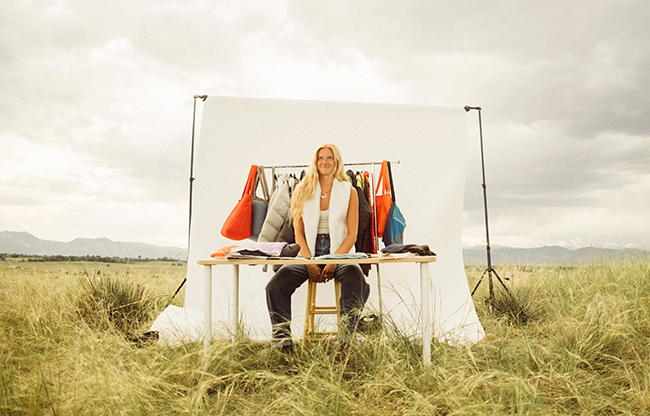Behind the scenes of ski-area consolidation
06 Dec 2017
Mergers do let you ski more areas with one pass.
By Julie Kailus Can’t keep track of who’s buying whom and how it’s going to affect you? You’re not alone. Colorado has taken center stage in some of the ski industry’s most massive shifts in how business is getting done. There have been buyouts, sellouts, consolidations, conglomerations, new corporations and just about every other scenario, all incrementally eating away at the no-frills, family-run ski-area environments of the past. But is that a bad thing? Not necessarily, says David Perry, president and COO of the yet-to-be-named joint venture formed recently when Aspen Skico owners Henry Crown and Co. joined KSL Capital Partners (owner of Tahoe’s Squaw Valley/Alpine Meadows) to purchase Denver-based Intrawest, which comprises Steamboat and an operating partnership with Winter Park in Colorado; a Canadian heli-skiing operation; and additional mountains in Vermont and West Virginia. The portfolio now also holds California’s largest ski operator, Mammoth Resorts, which includes Mammoth Mountain, Snow Summit, Bear Mountain and June Mountain resorts. It was already the biggest deal in ski-industry history. But the new venture upped the ante in August by buying Utah’s Deer Valley. “With the two major ski companies in North America based right here, Coloradans are ultimately the beneficiaries. They care about their lifestyle, and these shifts are significant because Colorado is at the epicenter at these industry changes,” Perry says of his new conglomerate and Vail Resorts, which owns 13 ski properties worldwide, four of them in Colorado. “This company is being put together for a reason: It’s a growth platform, and we’re excited about our network of resorts. Skiers and travelers are going to be the winners as we get more involved in the market.”Eldora was recently purchased by Utah-based Powdr Corp., which since 2009 has also operated Copper Mountain.This deal is just the latest in a series of transitions around the state. Boulder’s backyard ski area, Eldora, was recently purchased by Utah-based Powdr Corp., which since 2009 has also played parent company to Colorado’s popular Summit County ski area, Copper Mountain. Now that Eldora and Copper have changed hands again, consumers are left wondering what will become of the popular Rocky Mountain Super Pass, which has historically included access to Copper, Eldora and Winter Park, plus days at Steamboat, Crested Butte, and additional out-of-state and international ski areas. While no pass deals are changing this season, there could be a shakeup—a good one, according to Perry—starting next year. In southwestern Colorado, a recent flurry of acquisitions has also changed the skiing experience around the bottom half of the state. Investor James Coleman, who snatched up Durango’s Purgatory ski area in 2015, and more recently nearby family-oriented Hesperus, also owns New Mexico’s Sipapu and Pajarito ski areas and Arizona’s Snowbowl, which skiers now have unlimited access to on the $799 Power Pass.












